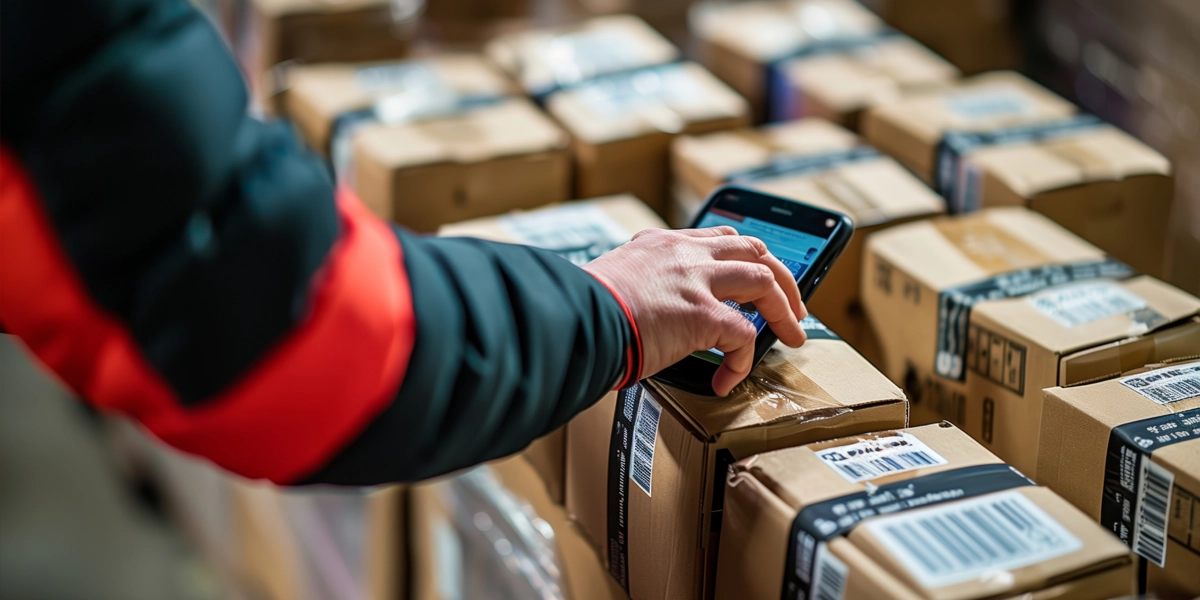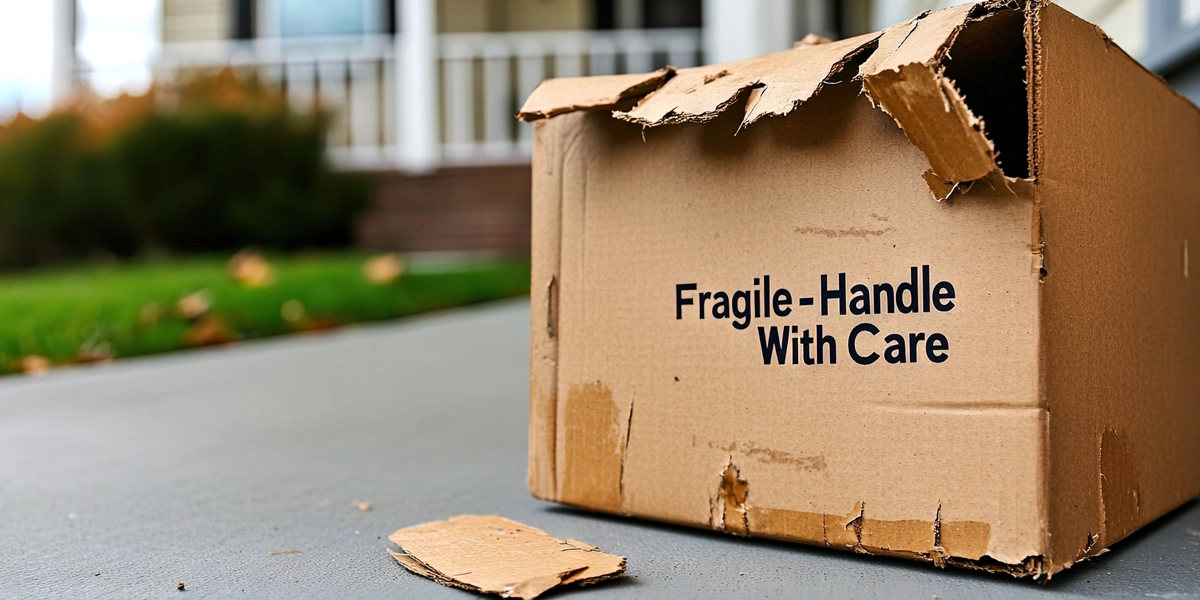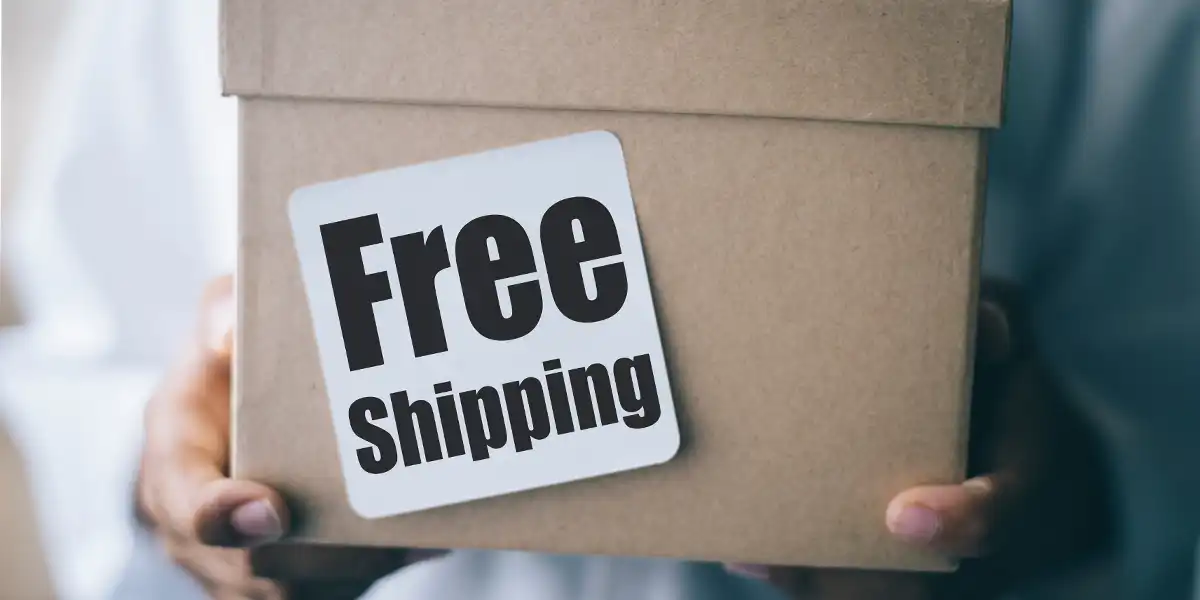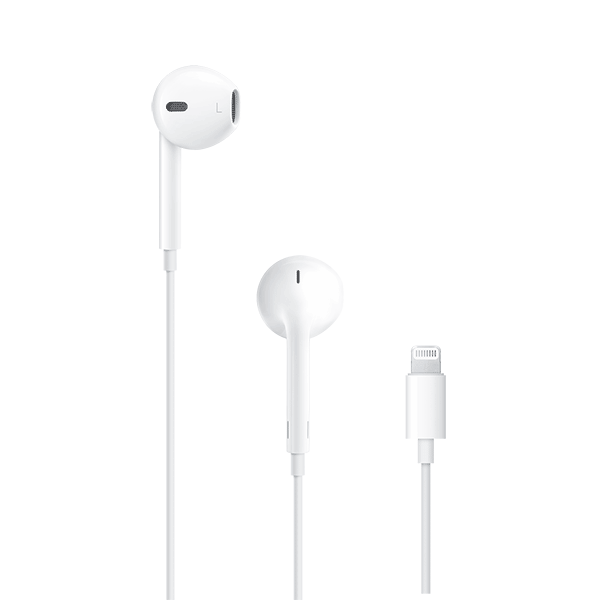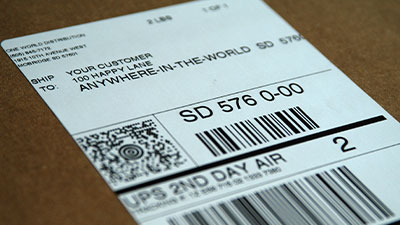In This Article:
If you’ve been considering launching a subscription-commerce service, now is the time.
Led by pioneers like Dollar Shave Club and Birchbox — and now expanding through mega-retailers like Walmart and Target — subscription commerce continues to boom. Between 2012 and 2019, subscription companies grew by more than 320 percent, and their revenue growth is five times that of standard retail. By 2023, three-quarters of all companies that sell directly to consumers are expected to offer a subscription-based service.
Customers love the convenience of automated, personalized, direct-to-home shopping experiences. In 2018, 15 percent of consumers had signed up for at least one subscription-commerce service, and 35 percent of those subscribers actually had three or more subscriptions.
Offering a subscription service is a major perk for your customers, but it can also be a major boon for your bottom line. Keeping customers engaged with your service — and encouraging them to pay for annual subscriptions upfront — boosts retention and allows you to better forecast everything from sales and revenue to inventory and fulfillment needs. Who doesn’t love to plan ahead?
Consider the customer
With an ever-growing array of subscription-commerce services out there, customers risk running up against choice paralysis: Why should they pick one beauty box, shaving kit or dog-toy bundle over another? You can help them make that choice.
On your site and in emails to customers, highlight the ways in which subscriptions will make their lives easier. Whether that’s through discounts and rewards points, letting them try small versions before they go all-in one full-size products, or simply enabling them to keep track of one less thing on their to-do lists. Set yourself apart from the sea of competitors.
You’ve already established a solid customer-service model, so continue to engage. Using your customers’ feedback and data, find out what products and services would hold the strongest appeal and how often those products would need to be replenished: Do they prefer subscribing to a handful of specific, individual products on a weekly or semi-annual basis? Or do they want to be delighted by a personalized box of goodies each month, with the option to send back the items they don’t like?
The most popular subscription boxes out there meet specific needs or serve niche interests, rather than just inundating customers with stuff that might end up in a junk drawer. Fashion and clothing subscriptions such as StitchFix and Trunk Club are a huge hit. In 2018 alone, StichFix saw a 25 percent increase in customer acquisition. Customers get to take style quizzes and chat with customer-service-minded stylists who put together boxes of hyper-personalized options. Customers get the added perk of being able to send back whatever items don’t work for them.
Even more popular than fashion are “niche” subscription services like Lola tampons, Adore Me lingerie, and Little Passports toy kits for kids. Niche subscription boxes make up about 20 percent of the market, and kits that center around specific hobbies, whether that’s yoga, gardening or fishing, make up about 15 percent.
Get Technical
Start by choosing the subscription model you want to offer:
- Curated box: Learn your customers’ preferences and delight them with personalized offerings each month. Think of Bark Box’s monthly toy kits for dogs, Trunk Club’s shipments of fashionable clothes and accessories, and Birchbox’s monthly beauty boxes.
- Replenishment kits: Consumers buy products like razors or toothbrushes, and you send them new razorheads or brush heads on a regular schedule according to the item. Popular examples include Dollar Shave Club, Quip, and Billie.
- Bargain subscriptions: Customers are more like club members who get special access or private discounts to products you offer.
Establish subscription tiers to appeal to a range of customer preferences and pocketbooks. That could mean offering basic, advanced, and premium levels with distinct perks and prices at each level, but you can also mix things up a bit with other payment models. Take clothing-rental company Rent the Runway for example. In addition to clearly spelling out the benefits of full membership to attract new customers, they offer a range of options:
- Unlimited access: Customers pay a flat fee to be able to try an unlimited number of clothes.
- One or two swaps per month: Customers can receive one set of outfits per month or be able to swap them out for a second.
- Membership trial: Trials are an excellent marketing method. RTR allows new members to sign up at a discount to see how they like the service.
Other options to consider include pay-as-you-go models that allow customers to pay only when they use the product or service.
Use the incredible amount of data available thanks to your customer engagement, and automate it. Whereas Trunk Club relies on constant communication between stylists and customers, a company like Frank and Oak relies on artificial intelligence to learn customers’ preferences through purchases and returns. Other companies learn about their customers through chatbots. Think Netflix recommendations, but for physical products. AI and automation makes subscriptions a breeze for the consumer.
Don’t Get Canceled
When you offer a subscription-commerce service, keep an eye on your churn rate, i.e., customers’ cancellation rate. Customers might cancel their subscriptions for any number of reasons, but most of those reasons are rooted in a desire not to waste money:
- Supply-chain problems that delay delivery
- Lack of product personalization that means products go unused
- Product quality that doesn’t match the price tag
- Poor customer service that leaves customers feeling confused or undervalued
Make sure your customers stay engaged rather than taking their subscription for granted.
- Keep them updated: Let customers know what new products are on the horizon and what the status is of their latest order. Maintain a robust FAQ and customer-service section on your site, too.
- Maintain their interest: Diversify what you offer and make recommendations based on previous purchases. Include special materials — magazines, how-to tips, profiles of creators, etc. — on your site or in the box itself as a value-add.
- Save them money: Consider offering standard discounts when they first enroll or when they bundle certain products and services, but also think about offering flash sales or referral discounts.
- Build a community: Not only does meal-delivery kit Sun Basket offer a robust online experience for its members, it also features customer feedback in its Instagram captions. Strike a balance between curating your social-media feeds with your own photography and incorporating posts customers have tagged you in. They get to feel included, and you get to market your products.
By using the tips above, starting a subscription commerce model may be easier than you think. Want to discuss how to get a subscription commerce model started for your business? Then let’s talk. Email us at sales (at) owd (dot) com.
In This Article:
Subscribe to our Newsletter
Tincidunt urna mauris eu quam vulputate lobortis sit. Purus feugiat arcu nunc quisque massa ut.










